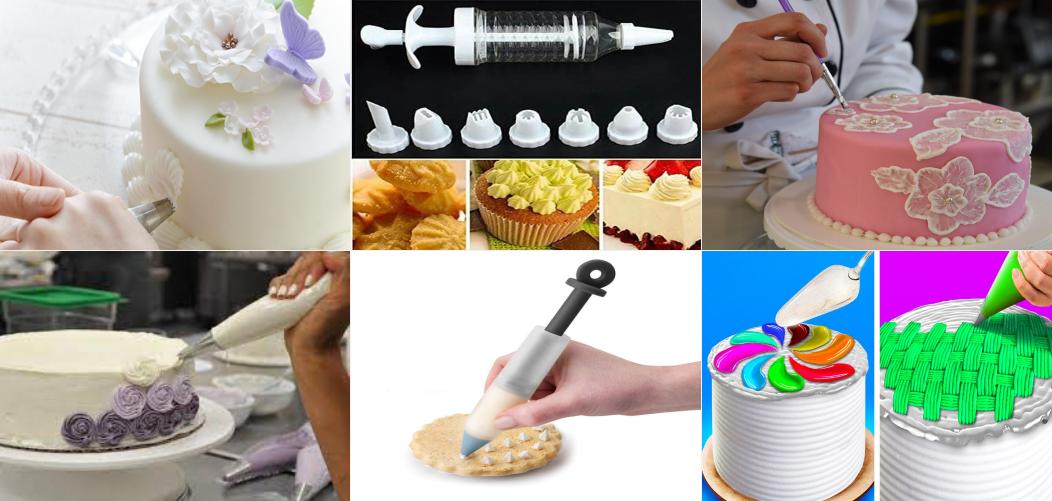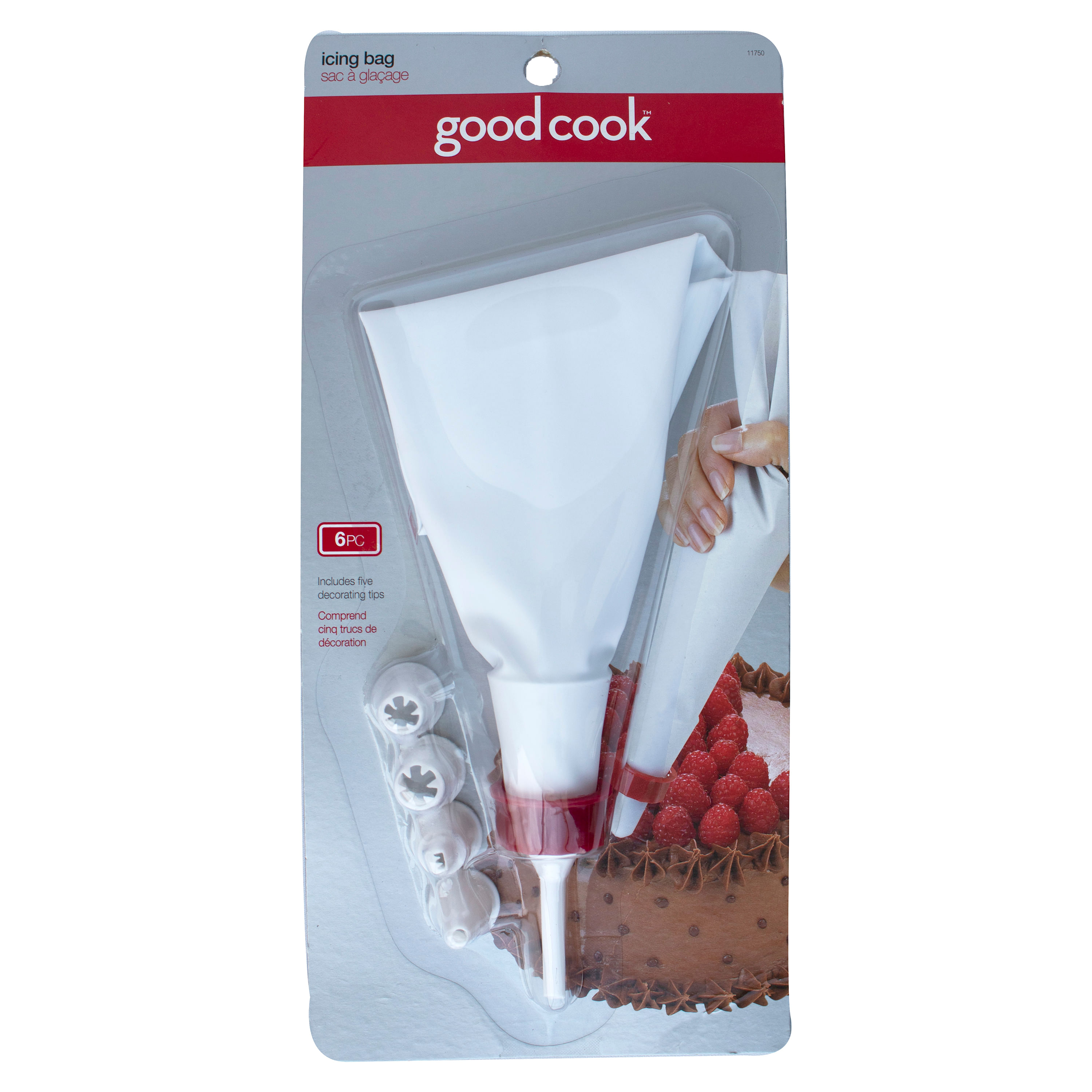Welcome to the fascinating world of cake decorating! If you’re reading this, you’re likely intrigued by the art of making beautiful cakes that not only taste delicious but also look stunning. As an experienced decorador de pasteles, I’m excited to share my knowledge, tips, and techniques that can help you on your journey to becoming a proficient cake decorator.
What is a Decorador de Pasteles?
A decorador de pasteles (cake decorator) specializes in designing and decorating cakes for various occasions, including birthdays, weddings, and other celebrations. This creative profession combines culinary skills with artistic flair, allowing decorators to express their creativity through edible art.
Importance of Cake Decoration in Various Cultures
Cake decoration is not merely aesthetic; it holds cultural significance in many societies. In some cultures, cakes symbolize abundance and gratitude during celebrations. Understanding these cultural nuances can enhance your approach to cake decorating.
Popular Cake Decoration Styles
- Fondant Decoration: Known for its smooth finish and versatility, fondant allows decorators to create intricate designs.
- Buttercream Techniques: Perfect for beginners, buttercream can be piped and spread for beautiful, textured finishes.
- Naked Cakes: These rustic cakes highlight the layers and fillings, often adorned with fresh flowers and fruits.
- 3D Sculpted Cakes: A challenging but rewarding style where cakes are shaped into various objects or characters.
Essential Tools and Equipment for Cake Decorating
As a cake decorator, having the right tools at your disposal is crucial for achieving the best results. Below is a comprehensive table listing essential tools and their uses:

| Tool | Purpose |
|---|---|
| Offset Spatula | Perfect for spreading icing and achieving smooth finishes. |
| Piping Bags & Tips | Used for decorating with buttercream, royal icing, and chocolate. |
| Fondant Roller | Helps roll out fondant to an even thickness for covering cakes. |
| Turntable | Allows for easy access and control while decorating. |
| Cake Leveler | Ensures even layers for a perfectly leveled cake. |
Choosing the Right Ingredients
The quality of your ingredients significantly impacts the outcome of your cake decorations. Here are some key ingredients to consider:
- Cake Base: Choose well-structured cakes like sponge, chiffon, or pound cakes for effective decoration.
- Frosting: Opt for high-quality buttercream or cream cheese frosting for a creamy, delightful taste.
- Colors and Flavoring: Use food-safe colors and flavorings to enhance your cake’s aesthetic appeal and taste.

Techniques for Cake Decoration
Let’s delve into some popular cake decoration techniques that every decorador de pasteles should master:
1. Smooth Buttercream Finish
This technique involves applying a layer of buttercream smoothly over the cake for a polished look.
- Crumb coat your cake with a thin layer of frosting to trap any loose crumbs.
- Apply a thicker layer of frosting and use your offset spatula to smooth it out.
- For a flawless finish, use a bench scraper or a cake smoother while rotating the turntable.

2. Piping Flowers
Piped flowers add a beautiful touch to any cake. Here’s how to create basic piped flowers:
- Fill your piping bag with buttercream and attach a petal tip.
- Start from the center and pipe outward to create petals.
- Experiment with different tips to create various flower shapes.
3. Fondant Covering
Covering a cake with fondant can create a sleek and professional appearance. Follow these steps:
- Roll out the fondant to about ¼ inch thick.
- Lift the fondant over the cake and smooth it down with your hands.
- Trim the excess fondant at the base and finish the edges as desired.

Common Mistakes in Cake Decoration
Even seasoned decorators can run into challenges. Here are some common mistakes to avoid:
- Skipping the Crumb Coat: This can lead to a messy finish—always crumb coat first!
- Using Cold Cakes: Decorations on cold cakes may crack; ensure cakes are at room temperature.
- Overworking Fondant: Over-kneading can cause it to dry out, making it hard to work with.
Pros and Cons of Cake Decorating as a Profession
Like any profession, being a decorador de pasteles has its advantages and challenges. Here’s a breakdown:
- Pros:
- Creative expression
- High demand for custom cakes
- Opportunity to work from home
- Cons:
- Time-consuming
- Requires continuous learning
- Stressful during peak seasons (like weddings)

FAQs About Cake Decorating
What qualifications do I need to become a decorador de pasteles?
While formal qualifications aren’t necessary, courses in baking and cake decorating can be beneficial. Hands-on experience is key!

How can I improve my cake decorating skills?
Practice is essential! Attend workshops, watch tutorial videos, and try new techniques regularly to enhance your skills.
What are some trending cake decoration styles in 2023?
Trends include watercolor cakes, metallic accents, and nature-inspired designs featuring fresh flowers.
How long does it take to decorate a cake?
It varies based on complexity. A simple cake may take 30 minutes, while intricate designs can take several hours.
What’s the best frosting for beginners?
Buttercream is the most forgiving and easy to work with, making it the ideal choice for beginners.
Conclusion: Your Journey as a Decorador de Pasteles
Becoming a decorador de pasteles is a rewarding journey filled with creativity and joy. Embrace both the challenges and triumphs as you create beautiful cakes that bring smiles to others. Remember, the sky’s the limit when it comes to cake decoration.
So gather your tools, experiment with flavors, and let your imagination run wild! Happy decorating!